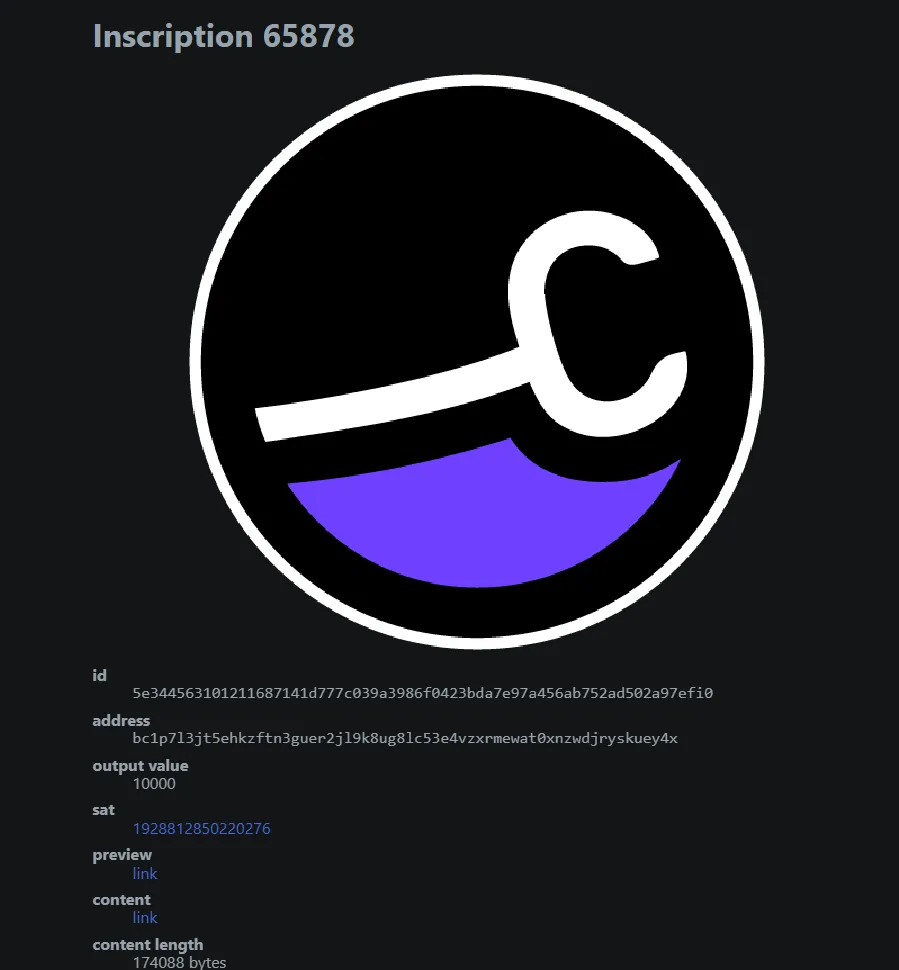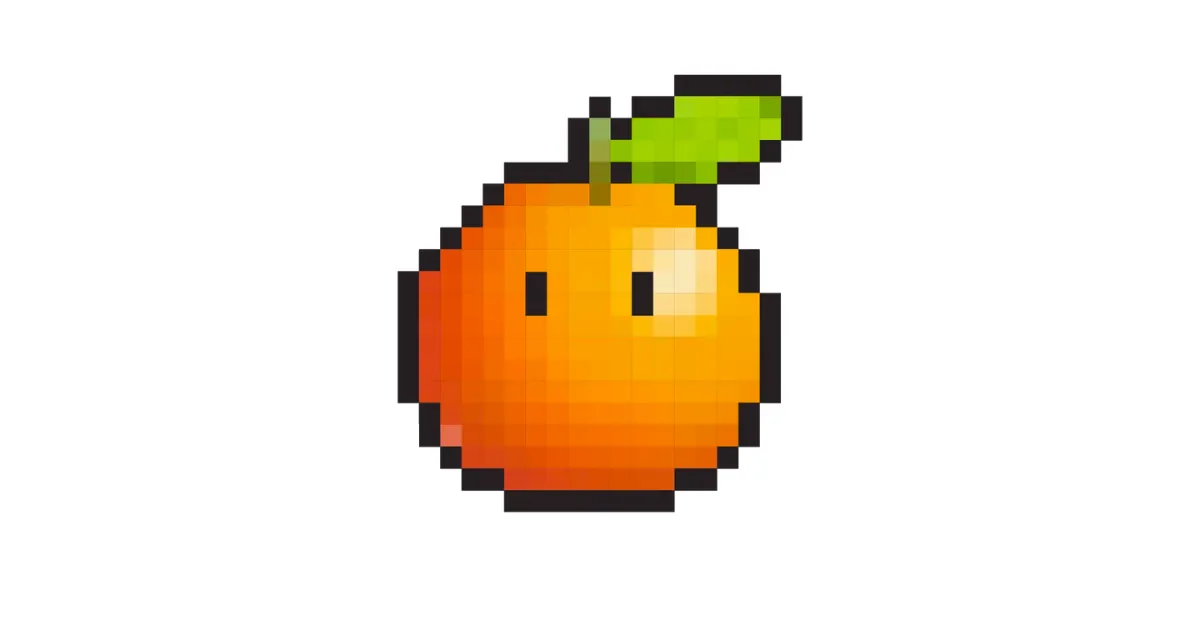Ordinary Oranges - Bitcoin NFTs accessible on Ethereum - (Ordinary Oranges)
“A non-fungible token is a unique digital identifier that cannot be copied, substituted, or subdivided, that is recorded in a blockchain, and that is used to certify authenticity and ownership.” — Wikipedia
And so began the rush for NFTs on Ethereum. Collections such as Bored Ape Yacht Club, Azuki, Doodles, and RTFKT led the charge for invaluable digital denominators promising utility and profits.
Then it spread past Ethereum onto blockchains like Solana, Polygon, and many more. Companies created, communities formed, and a new career invented: JPEG trader.
Cut to current date. It’s all about Ordinals.
Ordinals
“Ordinal theory concerns itself with satoshis, giving them individual identities and allowing them to be tracked, transferred, and imbued with meaning.” — Ordinals Documentation
Individual identities… NFTs. Bitcoin NFTs.
No wonder Ordinals have taken crypto by storm. Attaching content — text, images, sounds, code — to satoshis (Bitcoin cents) warps the entire concept of fungible currency.

An example inscription. The 1,928,812,850,220,276th satoshi now has the Capsule Logo inscribed.
It’s similar to Snoop Dog signing a dollar bill. What’s worth more — my dollar bill? Or yours, with Snoop’s signature on it? Why is yours worth more? In the end, they’re both worth the same thing. One dollar.
The concept of Ordinals is simple yet expansive. Would you prefer to hold a boring, recently mined satoshi, or a satoshi that made its way to your wallet from the very first Bitcoin block? Fungibility, arguably the greatest strength of decentralized peer-to-peer currency, has been overcome once again.
Accessibility
No one’s doubting the value of Ordinals. But, how easy is it to participate? It turns out, quite difficult.
First, you’ll need to manually sync the entire Bitcoin blockchain into your computer. Next, you’ll need to download ord, the Ordinal client, and index the entire blockchain. Again. Finally, you’ll need to create and manage your own Bitcoin wallet, where you’ll be able to create and transfer your Bitcoin NFTs (inscriptions).
And it doesn’t end there. Trading Bitcoin NFTs is… complicated.

Trading Bitcoin Inscription “Based Apes” on a Google Spreadsheet
The Bitcoin network is unable to support ‘smart contract’ capability — meaning trade and transfer of NFTs has to be done… on Google Sheets. It’s ironic: the currency meant to save people from centralization trades on a database ran by one of the biggest companies on earth.
For those unfamiliar with cryptocurrency, it’s silly. For those in the know, the answer is: we should just trade them on decentralized exchanges. So… how do we trade Bitcoin NFTs on a decentralized exchange?
Simple. We port these Bitcoin NFTs onto a chain that houses decentralized exchanges. Like Ethereum.
Ordinary Oranges
Then, how about we take one of the founding fathers of Bitcoin itself — Jeff Garzik — and under his guidance, create the very first Bitcoin inscribed, Capsule NFT Collection on Ethereum?
The concept is simple. Capsules can be redeemed for their underlying token value. So, we’ll create Capsules — each with a verified inscription — and have each Capsule redeemable for a Bitcoin NFT. Their names? Ordinary Oranges.

The most ordinary of Ordinary Oranges
These Oranges, viewable, tradable, and verifiable on the Ethereum blockchain, can utilize any decentralized exchange built on the network. And further — they can support any Ethereum wallet, application, or combination of the above — all as a Bitcoin NFT mapping.
We can interact with a Bitcoin NFT in a manner the space has become accustomed to. View it. Trade it. Loan it. Fractionalize it. Wrap it.
Finally. Bitcoin NFTs under the ERC-721 Standard.
As Ordinary Oranges.
Want to transform your Ordinary Orange into a Bitcoin NFT? Simply redeem it, providing a proper Bitcoin wallet.
Accessibility? Solved.
Don’t believe me? Exit the Google Sheet.
Trade the Oranges live here.
About
Ordinary Oranges can be minted on the official website for 1 ETH while supply lasts.
To find out more about Ordinary Oranges, visit the official website.
To view the Ordinary Oranges source code, visit the Github.
To find out more about Capsule, the infrastructure behind the collection, visit the Capsule website or Discord.
To find out more about Bloq, co-founded and led by Bitcoin pioneer, Jeff Garzik, visit the Bloq website.
—
You can always find me on Twitter/X or in the Capsule Discord.
Or, read more about Ordinary Oranges on my page here.